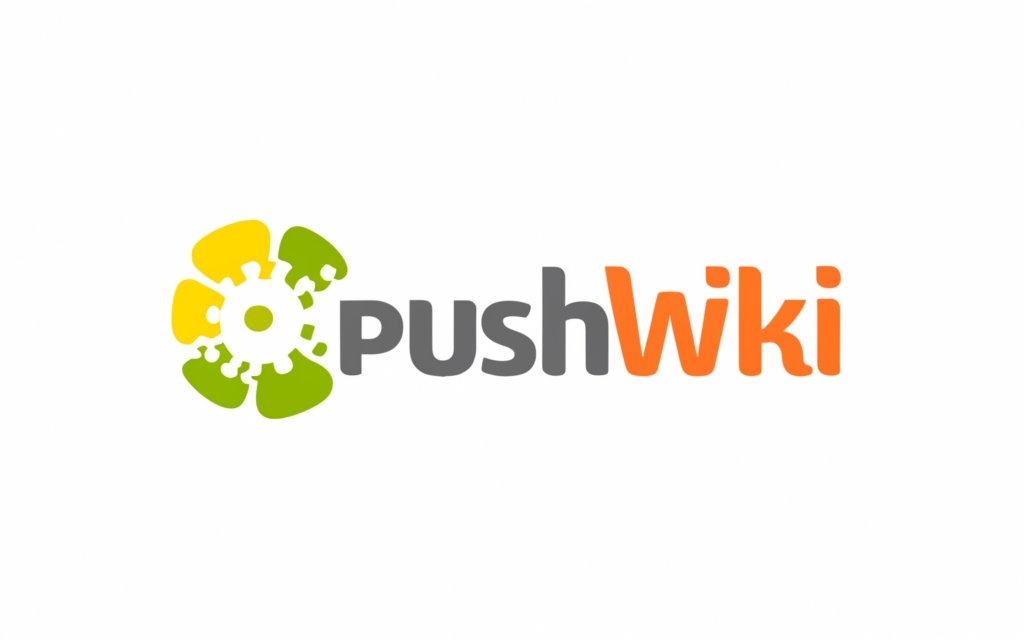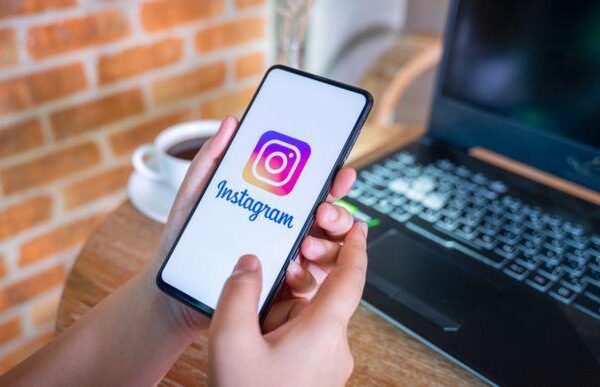In the ever-evolving landscape of education, technology plays an increasingly vital role in shaping the learning experience. QR codes, or Quick Response codes, have emerged as a transformative tool with the potential to revolutionize the way we teach, learn, and interact with educational content. These ubiquitous two-dimensional barcodes, easily scanned by smartphones and other devices, offer a seamless bridge between the physical and digital worlds, unlocking a world of possibilities for enhanced engagement, personalized learning, and streamlined educational processes.
Enhancing Engagement and Interaction
QR codes have the power to transform traditional teaching methods into dynamic and interactive experiences. By embedding QR codes in textbooks, worksheets, and other learning materials, educators can provide students with instant access to a wealth of supplemental resources, including videos, audio clips, interactive exercises, and online tutorials. This allows students to explore concepts at their own pace, engage with the material in a more immersive and personalized way, and foster a deeper understanding of the subject matter.
Promoting Self-Paced Learning and Personalized Instruction
QR codes empower students to take control of their learning journey, fostering self-paced learning and personalized instruction. By scanning QR codes, students can access additional information, explore different learning pathways, and revisit concepts as needed. This personalized approach caters to diverse learning styles and preferences, ensuring that each student can progress at their own optimal pace.
Facilitating Collaboration and Peer-to-Peer Learning
QR codes can serve as catalysts for collaboration and peer-to-peer learning. By linking QR codes to online discussion forums, social media groups, or collaborative projects, students can engage in meaningful discussions, share ideas, and learn from their peers. This collaborative approach promotes active learning, fosters critical thinking skills, and encourages students to build upon each other’s knowledge and expertise.
Enhancing Accessibility and Inclusion
QR codes can be instrumental in bridging the gap for students with diverse learning needs. By providing access to audio descriptions, translations, and other accessibility features, QR codes can ensure that all students can access the same level of educational resources and opportunities. This inclusive approach promotes equity in education and empowers all students to succeed regardless of their individual challenges.
Streamlining Educational Processes and Data Collection
QR codes can streamline various educational processes, saving time, reducing paperwork, and enhancing efficiency. From attendance tracking and feedback collection to resource management and test administration, QR codes can automate tasks, streamline data collection, and provide valuable insights into student performance and engagement. This allows educators to focus on the core aspects of teaching and learning, while QR codes handle the administrative burdens.
Conclusion
QR codes are not merely a technological novelty; they represent a transformative force in the future of education. Their ability to enhance engagement, promote self-paced learning, facilitate collaboration, and streamline educational processes positions them as essential tools for educators in the 21st century. As QR code technology continues to evolve, we can anticipate even more innovative applications that will further redefine the educational landscape, empowering students to become lifelong learners and active participants in shaping their own educational journeys.






